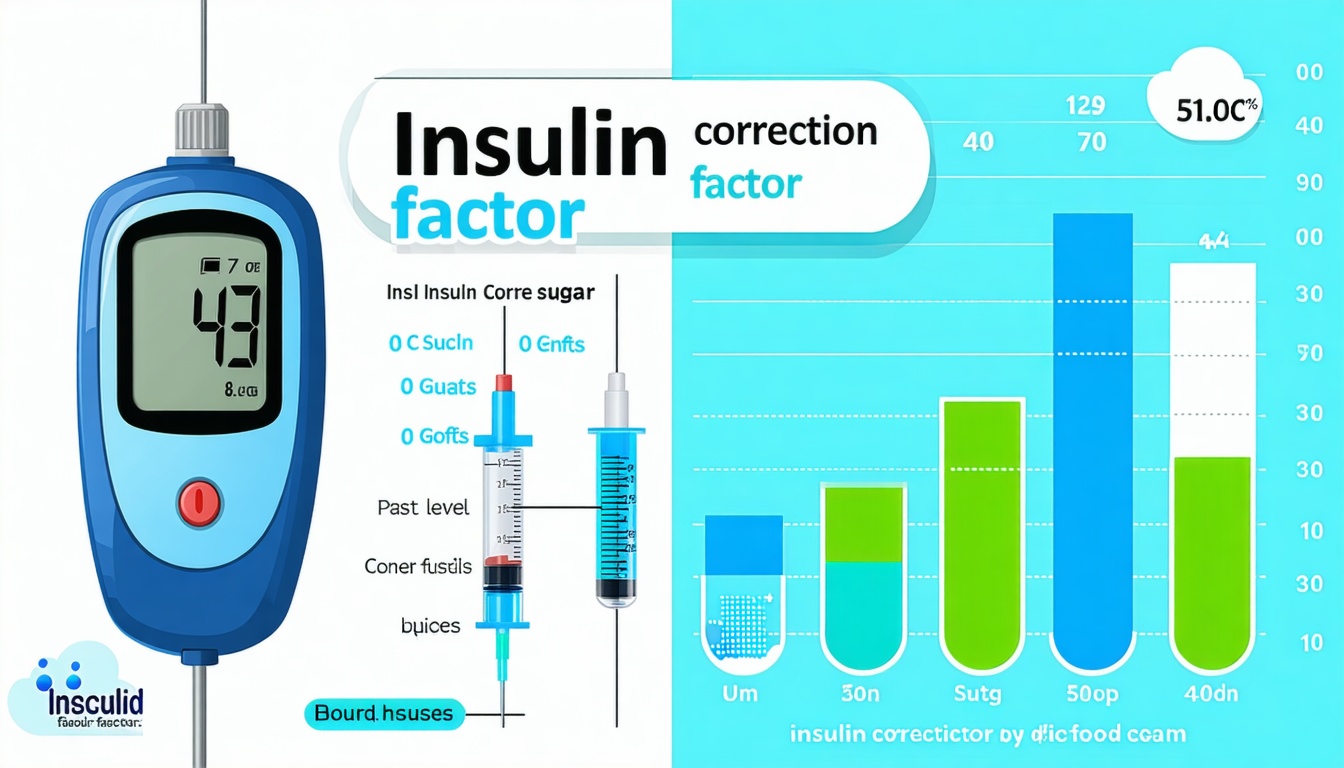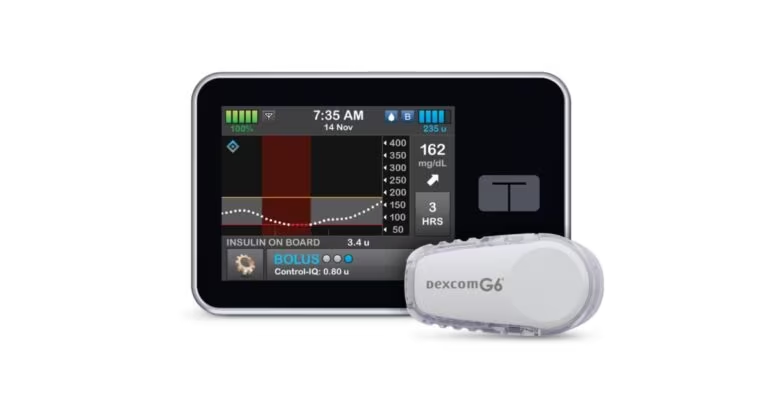The Truth About Insulin Correction Factor for Women
If you’ve ever handled daily diabetes care, you’ve likely come across the term insulin correction factor. It’s also known as the insulin sensitivity factor (ISF). This number reveals how much one unit of rapid-acting insulin can lower your blood glucose levels. But here’s what’s especially important: the correction factor doesn’t always work the same for everyone, and women often wonder if there’s a unique angle to consider. Let’s explore how it all fits together so you can fine-tune your diabetes management with more clarity and confidence.
Discover the Insulin Correction Factor
Understand the Purpose
- Think of the insulin correction factor as a tool to help you correct high blood glucose readings and bring them closer to your target range through small insulin tweaks. If you’re aiming for healthy, balanced numbers, you might already be checking normal insulin levels or even wondering what is a normal insulin level for a woman. The correction factor adds an extra layer of precision.
- With the correction factor, you’re calculating how many points (in mmol/L) one unit of rapid-acting insulin will drop your blood glucose. For instance, a factor of 1:2 means 1 unit of insulin should lower your level by about 2 mmol/L. According to diabetes educators, many people determine this by dividing 100 by their total daily dose (TDD) of insulin (Diabetes Qualified).
Why Women Should Care
Women might see unique fluctuations in insulin needs due to hormonal changes, stress, and weight shifts. These factors can influence insulin resistance and alter how your body responds to a correction dose. If you’re managing insulin resistance in type 1 diabetes or living with other forms of diabetes, knowing your personalized correction factor gives you more precision and a better shot at avoiding those wild glucose swings.
Calculate Your Personalized Factor
Apply the 100-Rule
A common way to find your correction factor is by using the 100-rule:
- Take the number 100 and divide it by your total daily insulin dose (basal plus bolus).
- The result is your ISF for rapid-acting insulin. For example, if your TDD is 50 units, the calculation is 100 ÷ 50 = 2. That means 1 unit of insulin would lower your blood glucose by roughly 2 mmol/L.
If you use short-acting, regular insulin, the formula might be slightly different (83 ÷ TDD), but the concept remains the same (Diabetes Educators Calgary).
Verify Your Number
Once you have a starting correction factor, see how it works in real life. Take note of your readings before and a few hours after taking a correction dose. If your blood glucose isn’t landing near your target, you might need a slight tweak. Keep in mind that if you correct too frequently after meals, you risk “stacking” insulin and increasing the chance of going too low.
Recognize Crucial Influences
Stress and Weight
- Stress can significantly lower your insulin sensitivity, meaning your correction factor might need adjusting. Weight fluctuations also matter, since increased weight often implies higher insulin resistance. This can lead to a lower ISF (for example, 1:0.5), meaning you’d need more insulin to make the same correction (Diabetes Qualified). If this is your situation, keep an eye on any new challenges like unexpected weight changes or life stresses.
Physical Activity
- On the flip side, regular exercise can boost your insulin sensitivity. You may notice your correction factor changes during periods of consistent workouts. If your body is more sensitive to insulin thanks to a daily brisk walk, 1 unit might drop your glucose more than usual. For an even deeper look into how your body responds at mealtime, check out what is prandial insulin. It covers the timing of insulin right when you eat.
Put It All Together
Managing blood glucose takes patience and a willingness to experiment, especially when you’re using the insulin correction factor. Here are a few quick pointers to keep in mind:
- Calculate your starting factor with the 100-rule.
- Watch for individualized differences, especially if you’re a woman experiencing hormone-driven shifts in insulin needs.
- Track patterns and repeat checks when you change routines or if stress spikes.
- Avoid stacking insulin within the same mealtime window. If your glucose remains high, consider your factor, meal carbs, and timing before taking extra correction.
Remember, the correction factor is about finding that sweet spot in your dose, so you stay within your target range without frequent highs or lows. If you’re curious about how certain foods might affect your insulin levels, the insulin index can offer extra insight. And if you’re still fine-tuning your overall numbers, exploring normal insulin levels or what is a normal insulin level for a woman is a great way to fill in the bigger picture.
Experiment gradually, talk with your healthcare provider as needed, and listen to your body’s signals. After all, a well-calculated correction factor can make everyday diabetes management feel a whole lot simpler and safer.
Image Credit







Leave a Reply